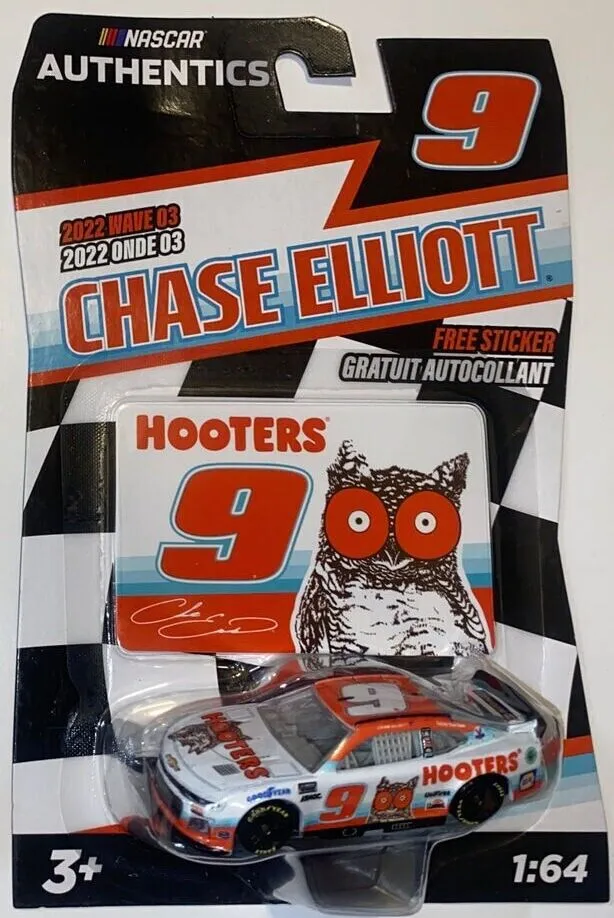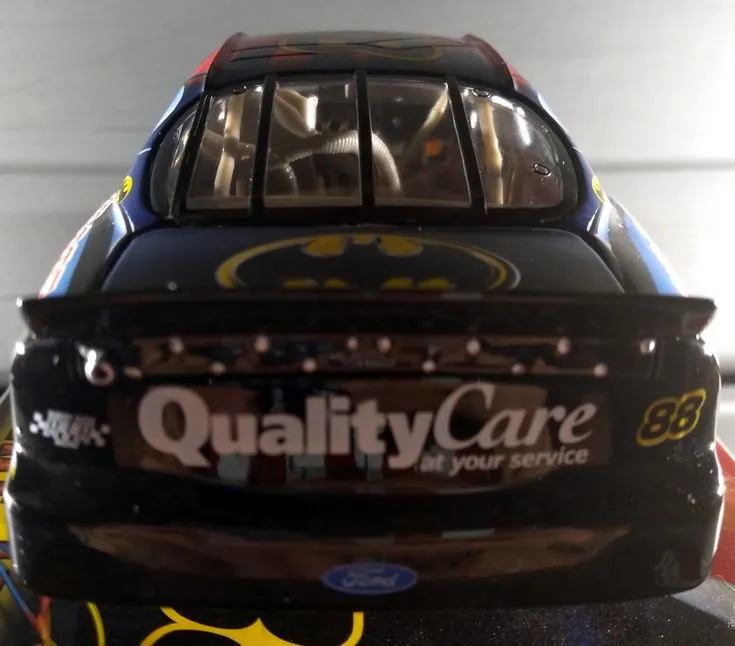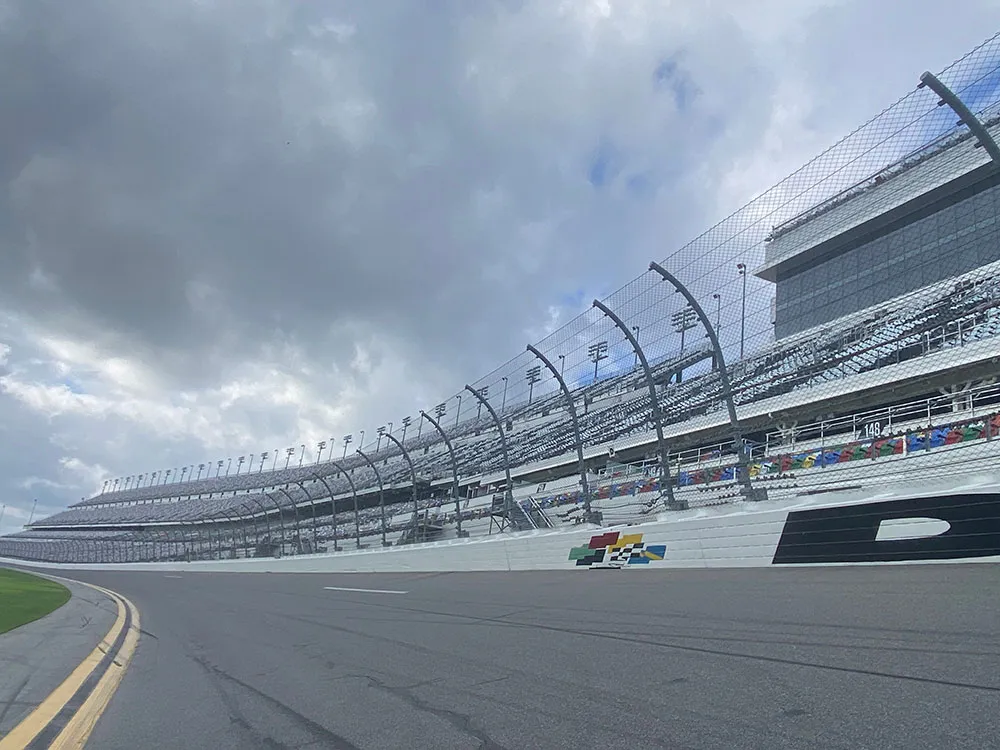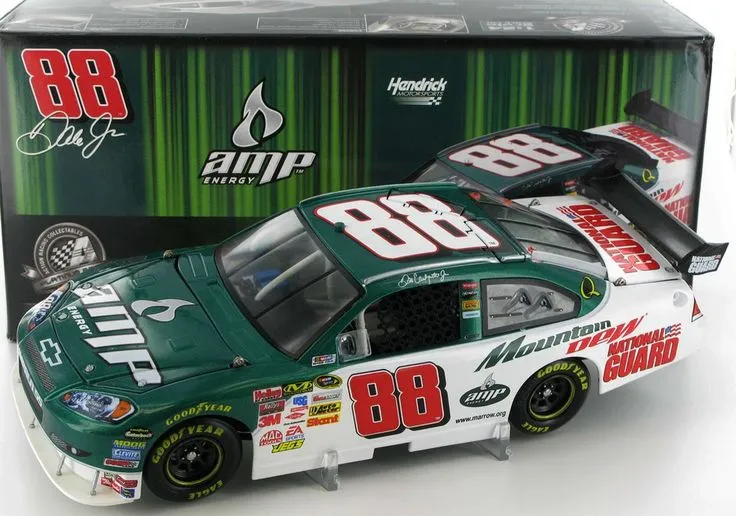Nascar Diecast Production Numbers Explained
Nascar diecast cars are more than just miniature replicas they are collectible items, representing a piece of racing history and a connection to the sport’s heroes. For collectors, understanding the production numbers behind these diecast cars is crucial. Production numbers refer to the total quantity of each specific diecast model manufactured by a company like Lionel or Action Racing Collectibles. These numbers greatly influence the rarity and value of each item, making them a key factor in the diecast collecting world. The lower the production number, the more scarce and typically, the more valuable the diecast becomes.
What are Nascar Diecast Production Numbers
Production numbers are the official figures that indicate how many units of a particular Nascar diecast were made. This information is usually printed on the packaging, often on a sticker or the base of the car. The number represents the total quantity of the diecast produced by the manufacturer. Factors like the driver’s popularity, the car’s paint scheme, and the scale of the diecast can all impact the production run. Some diecast models are produced in the thousands, while others might be limited to just a few hundred, making them highly sought-after by serious collectors. Understanding these numbers is essential for evaluating the collectibility of a specific diecast car.
Why are Production Numbers Important

Production numbers are crucial because they directly impact a diecast’s value and desirability. Lower production numbers generally mean higher value, as the diecast is rarer and harder to find. Collectors often seek out limited-edition models or those with unique features, as these tend to appreciate in value over time. Production numbers help collectors assess a diecast’s potential as an investment or a valuable addition to their collection. It helps them to gauge the true worth of a diecast and make informed decisions when buying, selling, or trading. For some collectors, the thrill of owning a rare piece is as satisfying as the diecast itself.
Top 7 Facts on Nascar Diecast Production
Fact 1 Limited Editions
Limited-edition diecasts have significantly lower production numbers, making them highly valued. These are often produced to commemorate special events, such as a driver’s milestone win or a specific season’s championship. Limited editions might also include special paint schemes, unique details, or even come with an individually numbered certificate of authenticity. Collectors actively seek these rare models, which can command a premium price in the market. The rarity of a limited edition makes it a centerpiece in any diecast collection, adding both financial and sentimental value.
Fact 2 Common Scales

Nascar diecasts come in various scales, with 1:64 and 1:24 being the most common. Production numbers can vary across these scales. A 1:24 scale diecast might have a lower production number than a 1:64 scale version of the same car, due to the former’s higher price point and typically, a more detailed manufacturing process. Collectors often focus on specific scales, impacting the demand and value of certain diecast models. Understanding the scale-specific production numbers is important for evaluating the rarity and collectibility of a diecast car.
Fact 3 Manufacturer Influence
Manufacturers like Lionel and Action Racing Collectibles determine production numbers. Each manufacturer has its own strategies, based on market demand and licensing agreements. Some manufacturers might produce a large number of diecasts, while others focus on limited releases. The manufacturer’s reputation and the quality of their diecasts also influence collector interest. Diecasts made by companies with a strong reputation for quality and detail often command higher prices, even when production numbers are similar to other manufacturers.
Fact 4 Production Runs
Production runs can vary widely, from several thousand to a few hundred. High-profile drivers, special events, and championship wins often result in higher production runs. Conversely, less popular drivers or more niche designs might have lower production numbers. Diecast models that reflect specific moments in racing history, like a driver’s first win or a memorable race, often have higher demand and production numbers. These numbers are a direct reflection of the diecast’s potential collectibility and market value.
Fact 5 Rarity and Value

Rarity directly impacts value. Lower production numbers mean higher rarity and increased value. Diecasts with unique features or historical significance are also highly valued. Condition is another important factor; mint-condition diecasts with their original packaging command the highest prices. The market price is driven by supply and demand; the fewer available, the more collectors are willing to pay. Understanding the rarity of a diecast is key to determining its market value and investment potential.
Fact 6 Historical Production Changes
Production numbers have evolved over time. Early Nascar diecasts often had lower production runs compared to those of later years, reflecting changes in market demand and manufacturing capabilities. The manufacturers’ strategies and licensing agreements have also changed, affecting production numbers. Collectors might focus on specific eras or manufacturers, depending on their collecting goals. Researching these historical changes helps collectors understand the context of the diecast market and the rarity of different models.
Fact 7 Finding Production Numbers
Production numbers are usually found on the diecast packaging, like the bottom of the box or on a sticker. They can also be listed on the base of the car itself. Online resources, such as diecast collector websites and forums, provide detailed information. Manufacturers’ websites and catalogs sometimes include production numbers. Collectors often rely on these resources to verify the authenticity and value of a diecast. Always double-check the information to confirm its accuracy before making a purchase or sale.
Factors Influencing Nascar Diecast Production

The Impact of Scale
The scale of a diecast influences its production numbers and value. Larger scales, such as 1:24, often have lower production numbers because of their higher manufacturing costs and price point. Smaller scales, like 1:64, generally have higher production runs, making them more accessible. Collectors often specialize in a specific scale, driving demand for certain models. Understanding the production numbers in relation to scale is important for assessing the collectibility of a diecast.
The Role of the Manufacturer
The manufacturer greatly influences production numbers through its business decisions and licensing agreements. Manufacturers evaluate market demand, licensing costs, and production capacity before deciding how many diecasts to produce. Some manufacturers specialize in limited-edition releases, while others focus on mass production. The manufacturer’s reputation for quality and attention to detail can also impact the value of a diecast. Collectors often have preferences for specific manufacturers, driving demand and influencing the market.
Diecast Production and the Collectors Market

How Production Numbers Affect Value
Lower production numbers correlate with higher values. Rarity makes a diecast more desirable and increases its market price. Limited-edition models and those commemorating special events often command a premium. The condition of the diecast also affects its value; a mint-condition diecast in its original packaging is worth significantly more. Collectors should research production numbers and compare them to market prices to make informed decisions. Understanding these factors is crucial for both buying and selling Nascar diecast cars.
Where to Find Production Information
Production information is typically found on the packaging or the base of the diecast. Online resources, such as dedicated diecast collecting websites and forums, provide detailed information. Collectors can also consult manufacturer websites and catalogs. Verify the production numbers with multiple sources to ensure accuracy. This information is crucial for determining the value and collectibility of a diecast. Accurate information helps collectors make informed decisions and protect themselves from fakes or misrepresented items.
